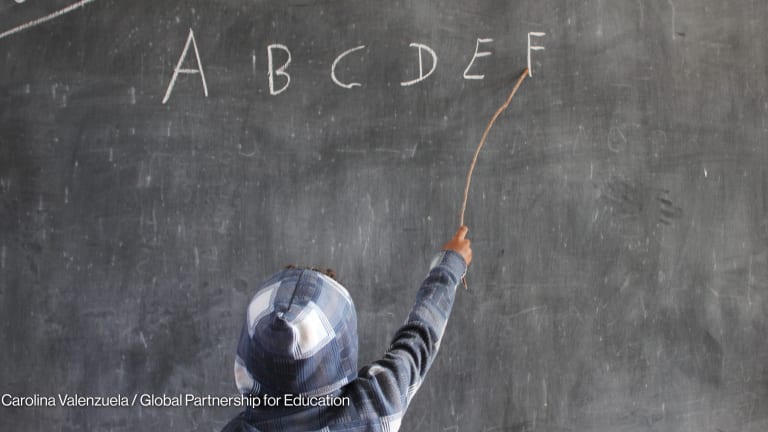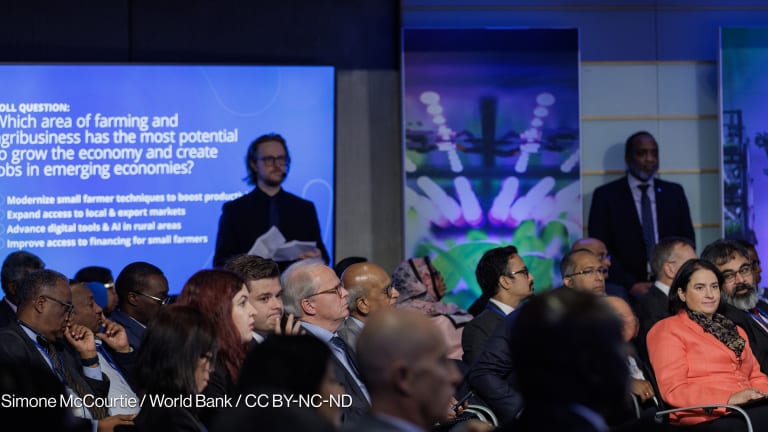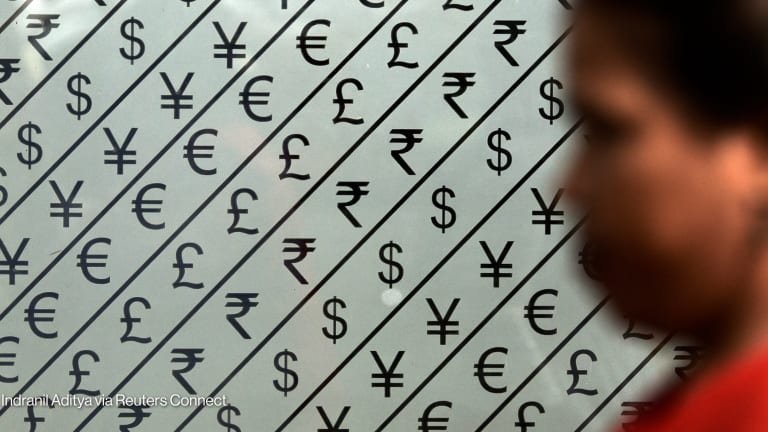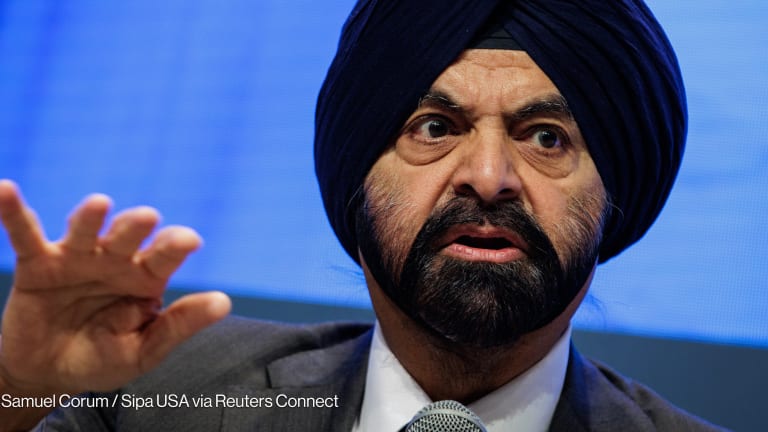Owing to its fast-growing economy, India now has a strong middle class and an increasingly competitive workforce. Social conditions in the South Asian country, which was upgraded to lower-middle-income status in 2008, have improved as well.
Life expectancy is now at 70 years, up from 62 years in 2000, and HIV prevalence among youth and adults aged 15 to 49 have stood at 0.3 percent since 2007. Nearly 92 percent of India’s citizens have access to an improved water source as well.
Nonetheless, more than 400 million people in India continue to live in poverty; they comprise one-third of the world’s poor. Forty percent of the world’s malnourished children are also in India. In addition, nearly 300 million Indians are not connected to the national grid.
This story is forDevex Promembers
Unlock this story now with a 15-day free trial of Devex Pro.
With a Devex Pro subscription you'll get access to deeper analysis and exclusive insights from our reporters and analysts.
Start my free trialRequest a group subscription







